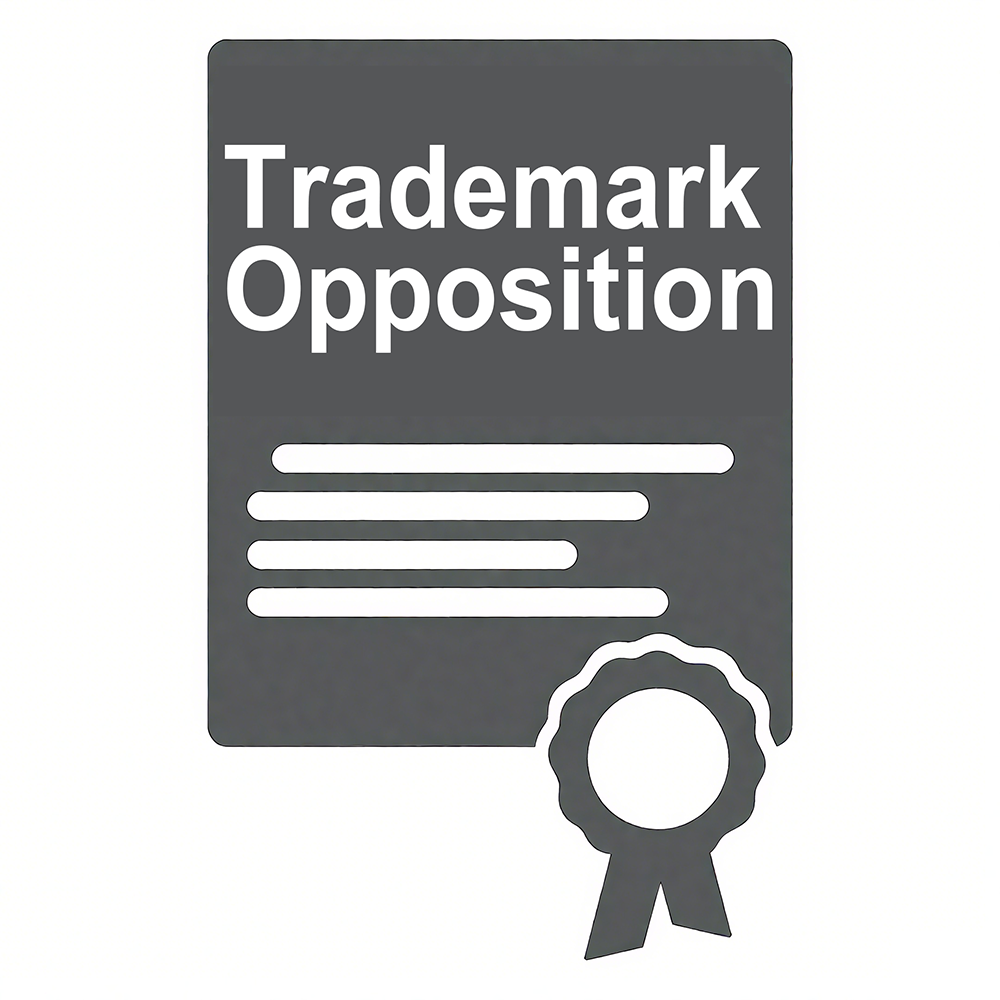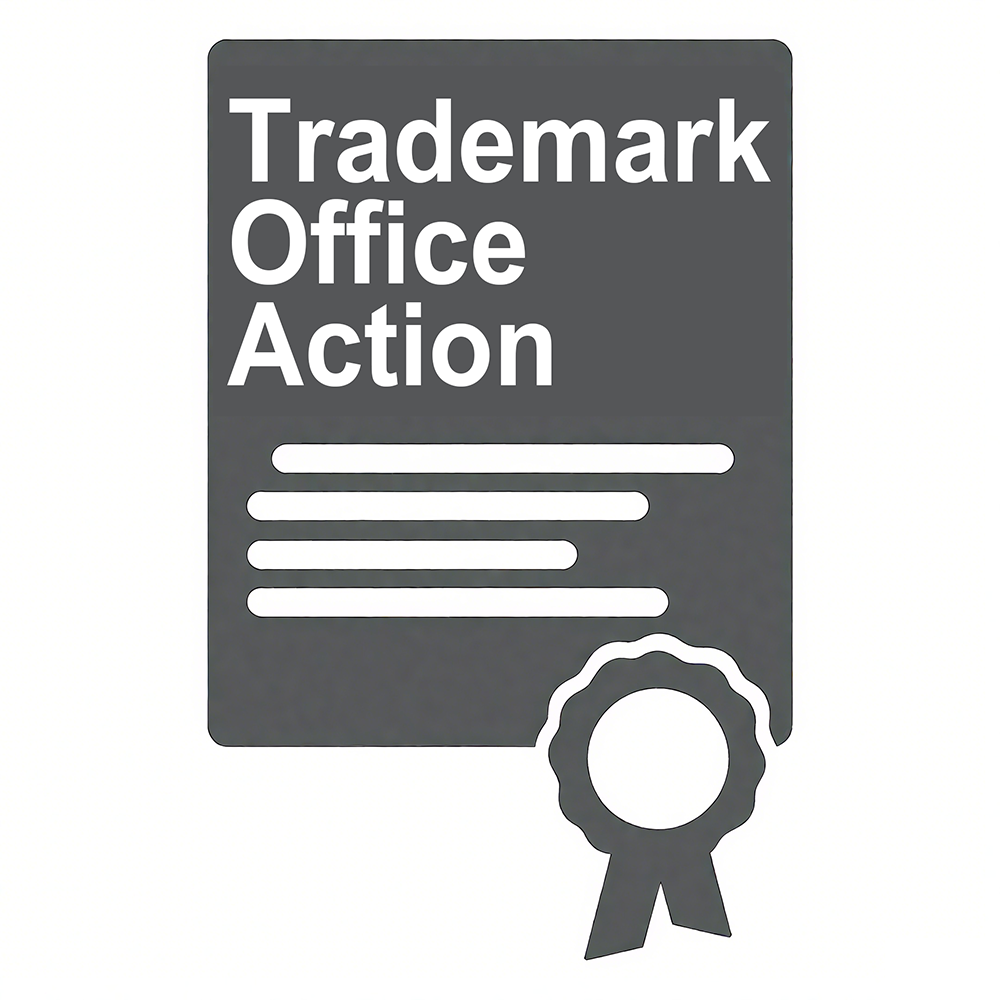Submit Statement of Use for Your Trademark
If your application is based on Intent to Use, you must provide proof of using your mark to the USPTO once you get a Notice of Allowance.
- Protect Your Brand
- Protect Your Brand
Regarding the USPTO Statement of Use for Your Trademark
If you don’t submit a SOU, your application will be discarded and the mark won’t be able to be registered. This will enable others to apply for and register the mark. You may request an extension if you haven’t begun using your mark yet.
Applications filed on the basis of a Provisional Trademark Application will require a Non-Provisional Trademark Application. A Provisional Trademark Application helps secure an early filing date and provides a 12-month window to further develop the invention. Once the invention is refined and ready for full protection, a Non-Provisional Trademark Application is essential to formalize the claims and seek enforceable trademark rights with detailed specifications.
The Statement of Use is a document submitted to the USPTO to demonstrate that the trademark for which registration is sought is being used in connection with the relevant goods or services. It is of vital importance for applications that are based on the intent to use the trademark.
File USPTO Statement of Use in 3 Steps
Submit Proof of Usage
Upload an image that demonstrates your mark is being used in connection with your goods or services.
Finalize the Declaration
Verify that the mark is being used by the owner or an authorized individual acting on their behalf.
Supply Dates of Initial Use
Supply the date of first use anywhere and the date of first use in commerce.
What Can You Supply as Proof of Usage?
- Product Labels / Tags
- Product Packaging
- Product Images
- Sale Materials
- Online Website
- Shipping Documents
- Invoices / Sales Receipts
- General Evidence
Labels or tags affixed to the product, with the trademark prominently shown.
Your product’s boxes, wrappers, or containers featuring the trademark in a prominent display.
Photographs that focus on the product itself, with the trademark being clearly visible and recognizable within the frame.
Promotional materials such as flyers, brochures, and other related items that include the trademark as a key and visible component throughout their content.
Screenshots obtained from websites, e-commerce product listings, mobile applications, social media profiles, digital advertising content, email marketing campaigns, online video content, and web-based presentation slides.
Shipping invoices, packing slips, and other paperwork connected to the sale of the product, each containing the trademark in a way that makes it easily visible and noticeable.
Documents like invoices or receipts that serve as proof of sales transactions, with the trademark being clearly displayed to confirm its presence.
This category includes a wide range of materials and assets such as business cards, advertisements, brochures, trade show displays, social media posts, email signatures, press releases, mentions in news articles, physical or digital signage, branded stationery items, and official contracts.
- Marketing Materials
- Online Presence
- Physical Displays
- Service Documentation
- Client Feedback
- Business Identification
- Promotional Events
- General Evidence
The trademark ought to be clearly visible within various materials such as advertisements, brochures, flyers, videos, and press releases, appearing in one or more of the following places: the headline, the logo, or the description of the product or service being promoted.
The trademark must be present and visible on websites, social media posts, email marketing campaigns, and other digital platforms, with a preference for it to appear in prominent locations such as headers, banners, or positioned alongside descriptions of the services being offered.
Signage, materials used for events, and exhibits displayed at trade shows should all clearly and prominently feature the trademark, with examples of such placements including banners, posters, or the various elements that make up booth setups.
Contracts, invoices, and reports are all required to include the trademark, with its placement being in one of the specified areas: either within the header section, the footer section, or as part of the overall branding elements present in the document.
When testimonials and reviews are talking about or referring to the service, they must ensure that the trademark is either mentioned explicitly or included as part of their reference to that service.
Business cards, letterheads, and any other form of stationery are required to display the trademark in a position that is clearly visible and easily noticeable to anyone who views or handles them.
Whether it is event programs, banners, posters, tickets, signage for booths, or merchandise that bears branding, each must feature the trademark in a prominent manner, with the specific aim of creating a clear association between the trademark and the services being offered.
News articles, online feature pieces, interviews, press mentions, and media reviews must each explicitly display the trademark, establishing a clear and direct connection between the trademark and the services to ensure readers or viewers recognize the association.
Statement of Use Price
Statement of Use Plans | Basic Plan $249 | Business Plan $399 | Enterprise Plan $599 |
|---|---|---|---|
Watch service package includes complimentary infringement alerts for your trademark. | |||
Customized video guidance from a U.S.-licensed trademark attorney. | |||
Video consultation via Google Meet or Zoom with a U.S.-licensed attorney. | |||
Priority Rush: Get free alerts about infringements on your trademark. |





Reviews
There are no reviews yet.